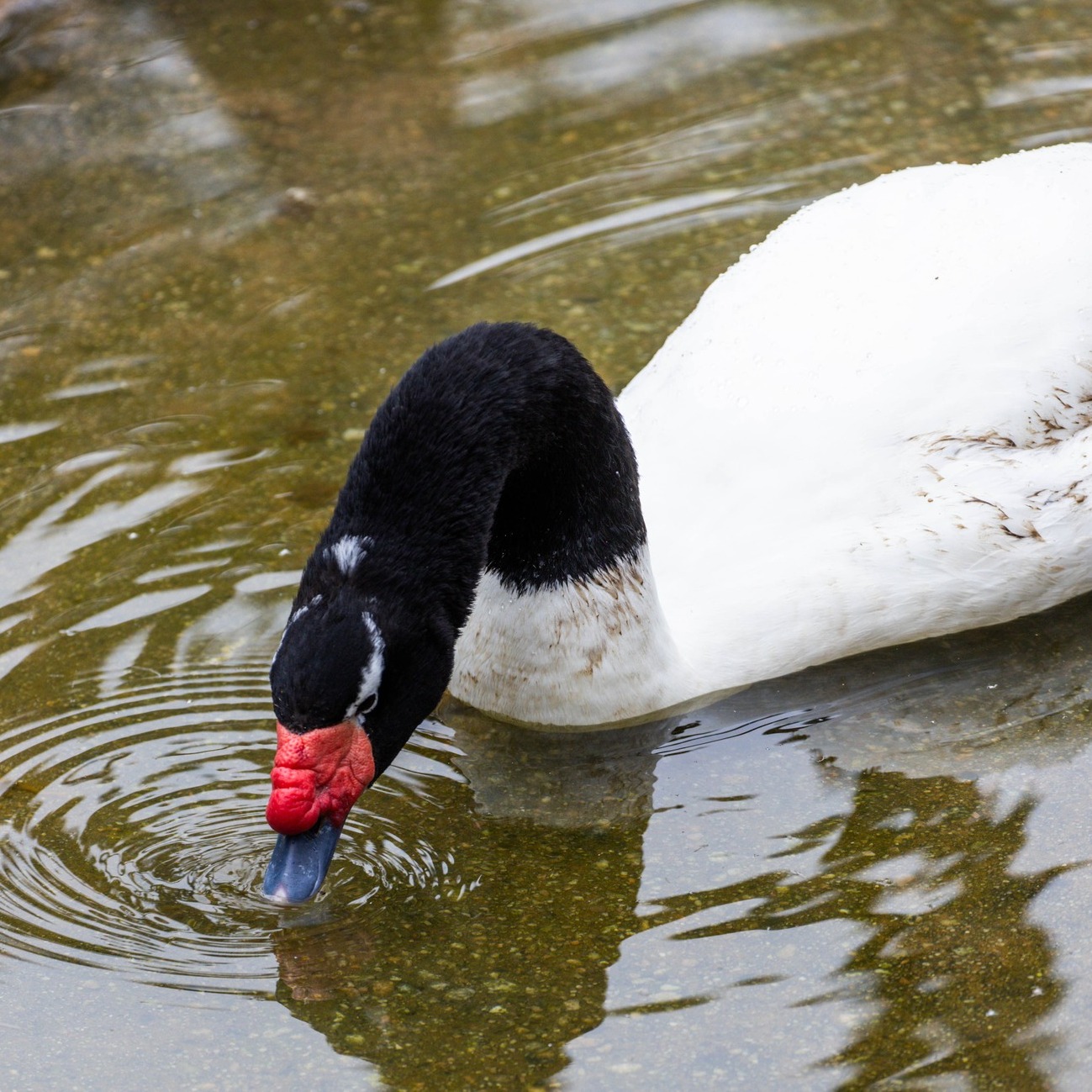- The origins of the “swan song” myth and its cultural significance
- The diverse vocalizations of swans and their purposes
- Communication within swan species and its role in social structure
- The intersection of zoology, zoo management, and wildlife conservation
- The role of myths and realities in shaping perceptions of wildlife
The legend of the swan song weaves a narrative of poignancy and beauty, captivating the human imagination for centuries. According to ancient lore, these majestic birds remain mute throughout their lives, only to break their silence with a final musical farewell just before death. This poignant concept has seeped into various aspects of culture, immortalizing the “swan song” as a metaphor for a final performance or effort. Yet, beyond the confines of legend, the lives of swans are punctuated with a rich tapestry of sounds, from resonant honks to subtle whistles, each serving a distinct purpose in the life of these graceful waterfowl.
Swans, not the reticent creatures of myth, are, in fact, vocal communicators who express a breadth of messages through different vocalizations. Whether the loud honk of a Mute Swan asserts territorial dominance or the gentle calls between pen and cygnets, swan vocalizations play a pivotal role in their social interactions. Zoologists have documented various sounds used during mating rituals, aggressive encounters, and social bonding, underscoring the complexity of these birds’ communication systems.
The social structure of swan species is sophisticated and highly organized, with vocalization underpinning much of their social behavior. Swans form monogamous pair bonds that can last a lifetime, with communication playing a vital role in maintaining these partnerships. During the breeding season, pairs engage in mutual calls that strengthen their bond and synchronize their behavior, a ritual integral to their reproductive success. Furthermore, the vocal repertoire of cygnets develops as they mature, ensuring they are equipped for the intricate social dynamics of swan life.
In zoo management and the broader field of wildlife conservation, understanding the behavior and communication of swans is crucial. To recreate environments that support their well-being, zoologists and conservationists study these vocalizations, ensuring enclosures and habitats cater to the biologically innate needs of the swans. Beyond sound, the conservation efforts focus on swan habitats, addressing threats such as habitat loss and pollution, reflecting a comprehensive strategy to foster healthy swan populations.
Dispelling myths about animals like the swan song tale can influence public perceptions, leading toward a deeper appreciation of these birds’ true natures. This understanding prompts more informed conversations about the importance of species conservation, supporting endeavors to protect and preserve wildlife populations. So, while swans do not offer a melodious farewell before their deaths, their vocalizations resound as testaments to their intricate social lives and the need for dedicated conservation efforts to ensure their songs continue to ripple across the world’s waterways.
Environmental education that harmonizes myth with reality educates and excites people, potentially inspiring a new generation of conservationists. By shedding light on the actual behaviors of swans and the imperative of preserving their habitats, we can hope to see the sustained presence of these magnificent birds, free to vocalize, thrive, and inspire.
*****
Source Description
According to ancient legend, swans stay mostly silent for their life but sing a beautiful song just before they die. This myth is where the “swan song” idiom comes from.
In reality, swans vocalize for a plethora of reasons and in a number of different ways including loud honks, whistles, snorts, and hisses.
Alt-text: A black-necked swan dipping its head down low to take a drink. The tip of its beak makes ripples atop the surface of the water while the rest of the bird remains still.


